
Autonomous robots are intelligent machines that understand their environment and navigate from it without human control or intervention. Although autonomous robotics is relatively new, it is already widely used in factories, warehouses, cities and homes. For example, autonomous robots could be used to transport goods around warehouses, or perform last-mile deliveries, while other types of robots could be used to vacuum homes or mow lawns.
To achieve autonomy, a robot needs to be able to sense and position itself in a mapped environment, dynamically detect obstacles around it, track those obstacles, plan a route to a given destination, and control the vehicle to follow that route. In addition, robots must perform these tasks only when it is safe to do so, avoiding risks to people, property, or the system itself. As humans interact with robots more frequently, they need to not only be autonomous, mobile and energy efficient, but also meet functional safety requirements. With sensors, processors and control devices, designers can meet the stringent requirements of functional safety standards such as the International Electrotechnical Commission 61508.
Precautions for autonomous robot detection
Many different types of sensors can be used to solve the challenges that come with autonomous robots. Here are two types of sensors:
Vision sensor. Vision sensors can effectively simulate human vision and perception. Vision systems can address challenges such as positioning, obstacle detection, and collision avoidance because of their high-resolution spatial coverage capabilities and the ability to detect and classify objects. Vision sensors are also more cost-effective than sensors such as lidar, but vision sensors are computationally intensive.
Power-hungry central processing units (cpus) and graphics processing units (Gpus) can pose challenges for power-constrained robotic systems. When designing energy efficient robotic systems, CPU or GPU-based processing should be as minimal as possible. The system-on-chip (SoC) in an efficient vision system should process the visual signal chain at high speed, low power consumption, and low system cost. Socs for vision processing must be smart, safe, and energy efficient. The TDA4 processor family is highly integrated and designed with a heterogeneous architecture to deliver computer vision performance, deep learning processing, stereo vision capabilities, and video analytics at the lowest possible power consumption.
TI millimeter wave radar. The use of TI millimeter wave radar in robotic applications is a relatively new concept, but the idea of using TI millimeter wave sensing for autonomy has been around for some time. In automotive applications, TI millimeter wave radar is a key element in advanced driver assistance systems (ADAS) for monitoring the vehicle's surroundings. You can apply some similar ADAS concepts, such as circumnavigation monitoring or collision avoidance, to robotics.
From the perspective of sensing technology, TI millimeter wave radar is unique because such sensors can provide information about the distance, speed and arrival Angle of the object, which can better guide the robot to navigate and avoid collisions. Based on radar sensor data, the robot can decide whether to continue safely, slow down or even stop based on the location, speed and trajectory of the person or object it is approaching.
Use sensor fusion and edge AI to solve complex problems in autonomous robots
For more complex applications, a single sensor of any kind may not be enough to achieve autonomy. Ultimately, multiple sensors, such as cameras or radars, should be used in the same system to complement each other. With sensor fusion, harnessing data from different types of sensors in the processor helps address some of the more complex autonomous robot challenges.
Sensor fusion helps make robots more accurate, while using edge artificial intelligence (AI) makes robots smarter. Integrating edge AI into robotic systems can help robots intelligently sense, make decisions, and perform actions. Robots with edge AI can intelligently detect objects and their positions, classify objects and take actions accordingly. For example, when a robot is navigating through a cluttered warehouse, edge AI can help the robot infer what kind of objects are in its path (including people, boxes, machines, and even other robots) and decide the appropriate actions to navigate around those objects.
When designing robotic systems with AI, there are a number of design considerations for both hardware and software. The TDA4 processor family features hardware accelerators for edge AI capabilities that help handle compute-intensive tasks in real time. Access to an easy-to-use edge AI software development environment helps simplify and speed up the application development and hardware deployment process.
The Products You May Be Interested In
 |
TPCM-2.4-5 | CMC 2.41MH 5A 2LN TH | 383 More on Order |
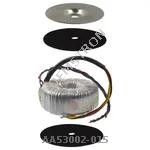 |
AA53002-015 | XFRMR TOROIDAL 300VA CHAS MOUNT | 464 More on Order |
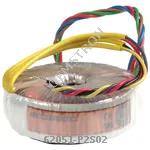 |
62051-P2S02 | XFRMR TOROIDAL 15VA CHAS MOUNT | 184 More on Order |
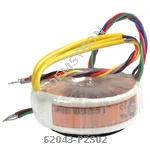 |
62043-P2S02 | XFRMR TOROIDAL 10VA CHAS MOUNT | 304 More on Order |
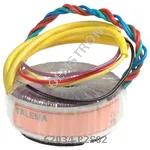 |
62034-P2S02 | XFRMR TOROIDAL 7VA CHAS MOUNT | 441 More on Order |
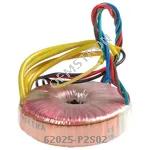 |
62025-P2S02 | XFRMR TOROIDAL 5VA CHAS MOUNT | 218 More on Order |
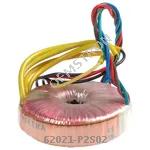 |
62021-P2S02 | XFRMR TOROIDAL 5VA CHAS MOUNT | 281 More on Order |
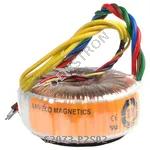 |
62073-P2S02 | XFRMR TOROIDAL 35VA CHAS MOUNT | 294 More on Order |
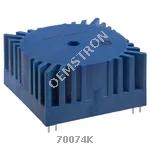 |
70074K | XFRMR TOROIDAL 35VA THRU HOLE | 380 More on Order |
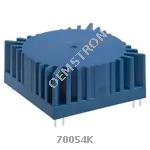 |
70054K | XFRMR TOROIDAL 15VA THRU HOLE | 262 More on Order |
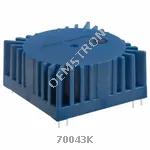 |
70043K | XFRMR TOROIDAL 10VA THRU HOLE | 309 More on Order |
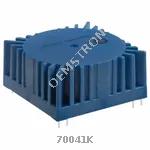 |
70041K | XFRMR TOROIDAL 10VA THRU HOLE | 157 More on Order |
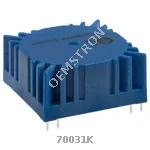 |
70031K | XFRMR TOROIDAL 7VA THRU HOLE | 481 More on Order |
 |
70024K | XFRMR TOROIDAL 5VA THRU HOLE | 486 More on Order |
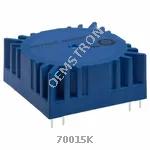 |
70015K | XFRMR TOROIDAL 3.2VA THRU HOLE | 421 More on Order |
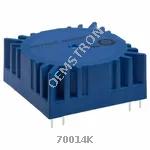 |
70014K | XFRMR TOROIDAL 3.2VA THRU HOLE | 309 More on Order |
 |
70013K | XFRMR TOROIDAL 3.2VA THRU HOLE | 244 More on Order |
 |
70011K | XFRMR TOROIDAL 3.2VA THRU HOLE | 420 More on Order |
 |
62082-P2S02 | XFRMR TOROIDAL 50VA CHAS MOUNT | 277 More on Order |
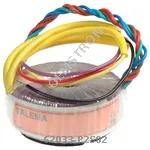 |
62033-P2S02 | XFRMR TOROIDAL 7VA CHAS MOUNT | 360 More on Order |
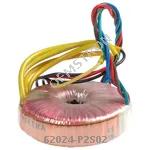 |
62024-P2S02 | XFRMR TOROIDAL 5VA CHAS MOUNT | 268 More on Order |
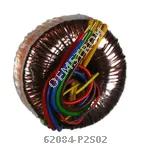 |
62084-P2S02 | XFRMR TOROIDAL 50VA CHAS MOUNT | 607 More on Order |
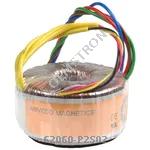 |
62060-P2S02 | XFRMR TOROIDAL 25VA CHAS MOUNT | 3963 More on Order |
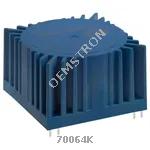 |
70064K | XFRMR TOROIDAL 25VA THRU HOLE | 2293 More on Order |

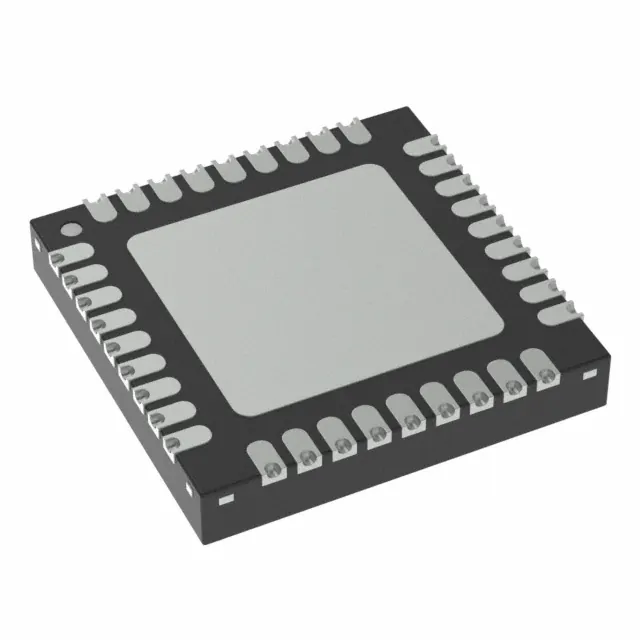 Semiconductors
Semiconductors









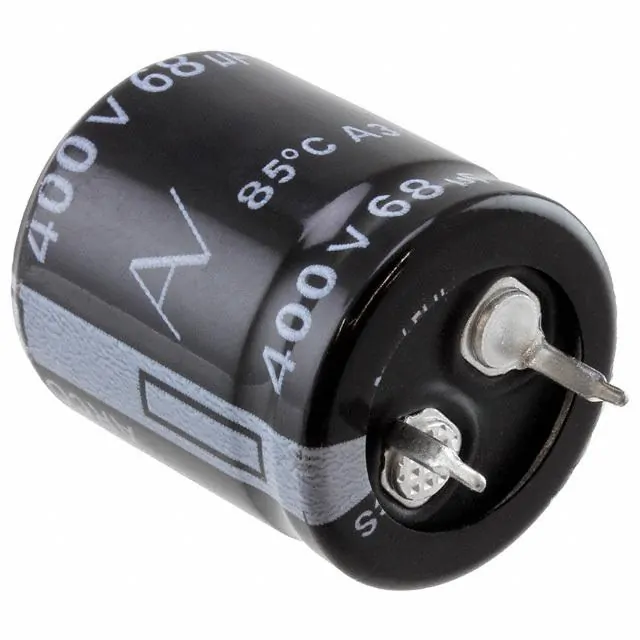 Passive Components
Passive Components









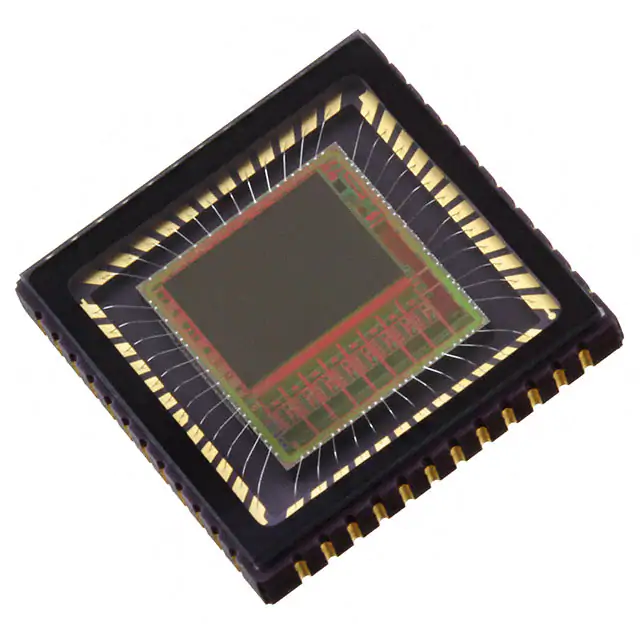 Sensors
Sensors








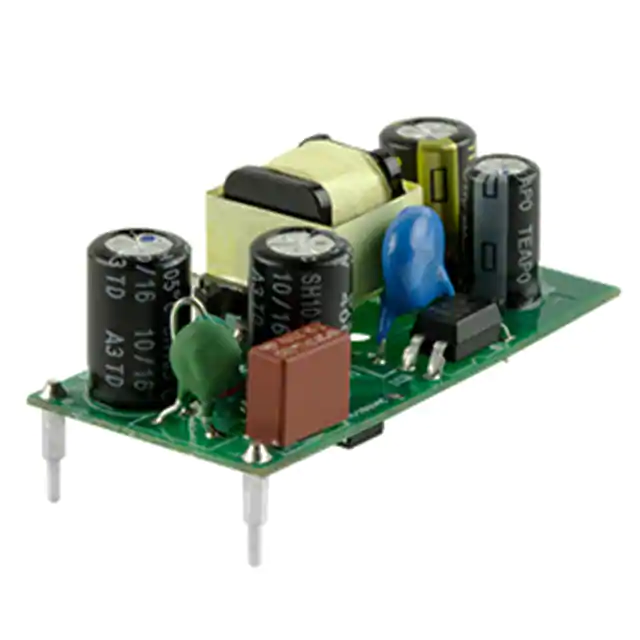 Power
Power









 Optoelectronics
Optoelectronics








